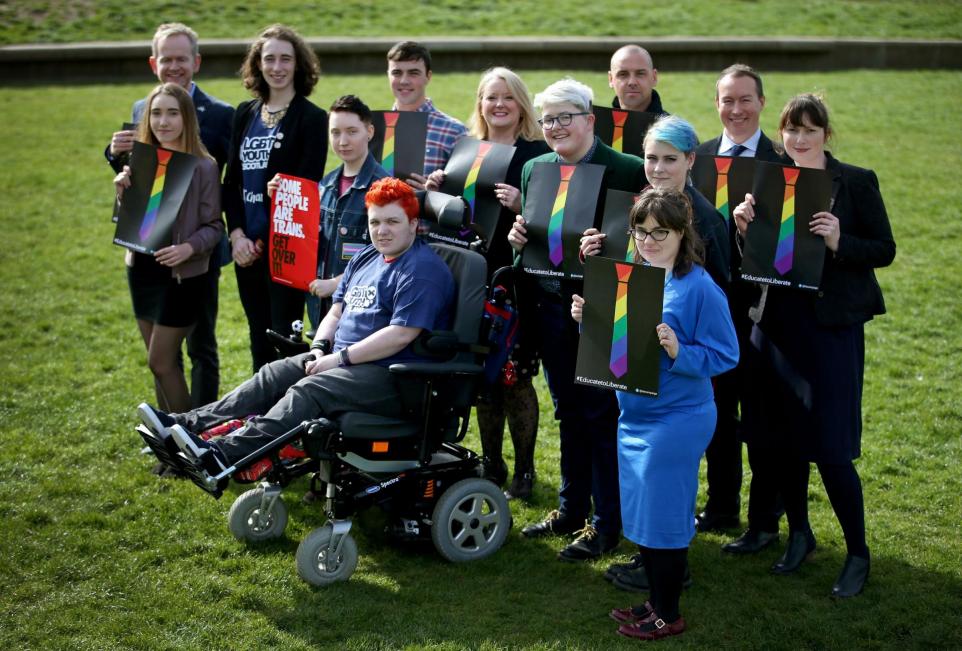In 2015, something happened that would change Scottish schools forever.
It was less than a year after the independence referendum and, despite the result favouring the status quo, there was a sense that all the energy and enthusiasm that had driven Scottish politics over the previous couple of years could be used to make life better for people across the country.
When I think back to that time there was a huge array of new ideas, initiatives and campaign groups, but one stands out more than any other: Time for Inclusive Education.
The campaign began in 2015 with a petition to the Scottish Government. Despite gathering considerable support – including from MSPs – the parliament’s Public Petitions Committee closed the TIE petition, but that only ended up being a catalyst for further progress. Over the next few months the campaign attracted more and more backers as momentum continued to build.
By the end of 2018 the government had accepted all 33 recommendations from its LGBT Inclusive Education Working Group, and at the beginning of the following year an implementation group was established.
In September 2021, the national platform for LGBT Inclusive Education – lgbteducation.scot – was launched as Scotland became the first country in the world to officially embed inclusive education in the school curriculum.
To my mind, the success of TIE is the most impressive political campaign, and the most important educational development, in my lifetime.
The campaign may have been launched fifteen years after the repeal of Section 28, but the ghost of that vicious legislation was still haunting the landscape of Scottish education.


